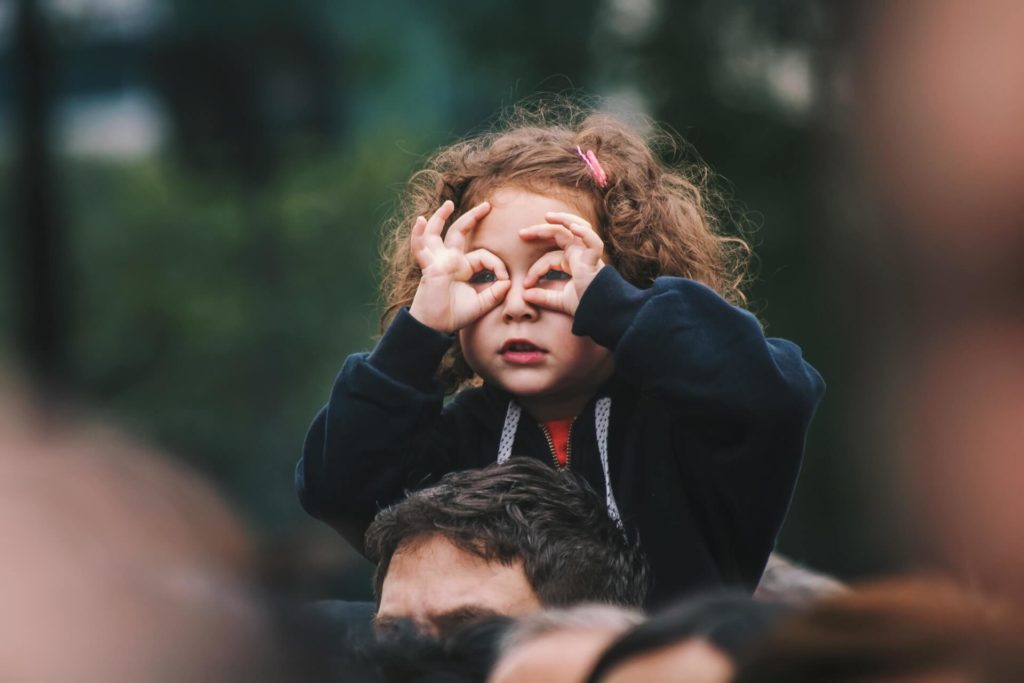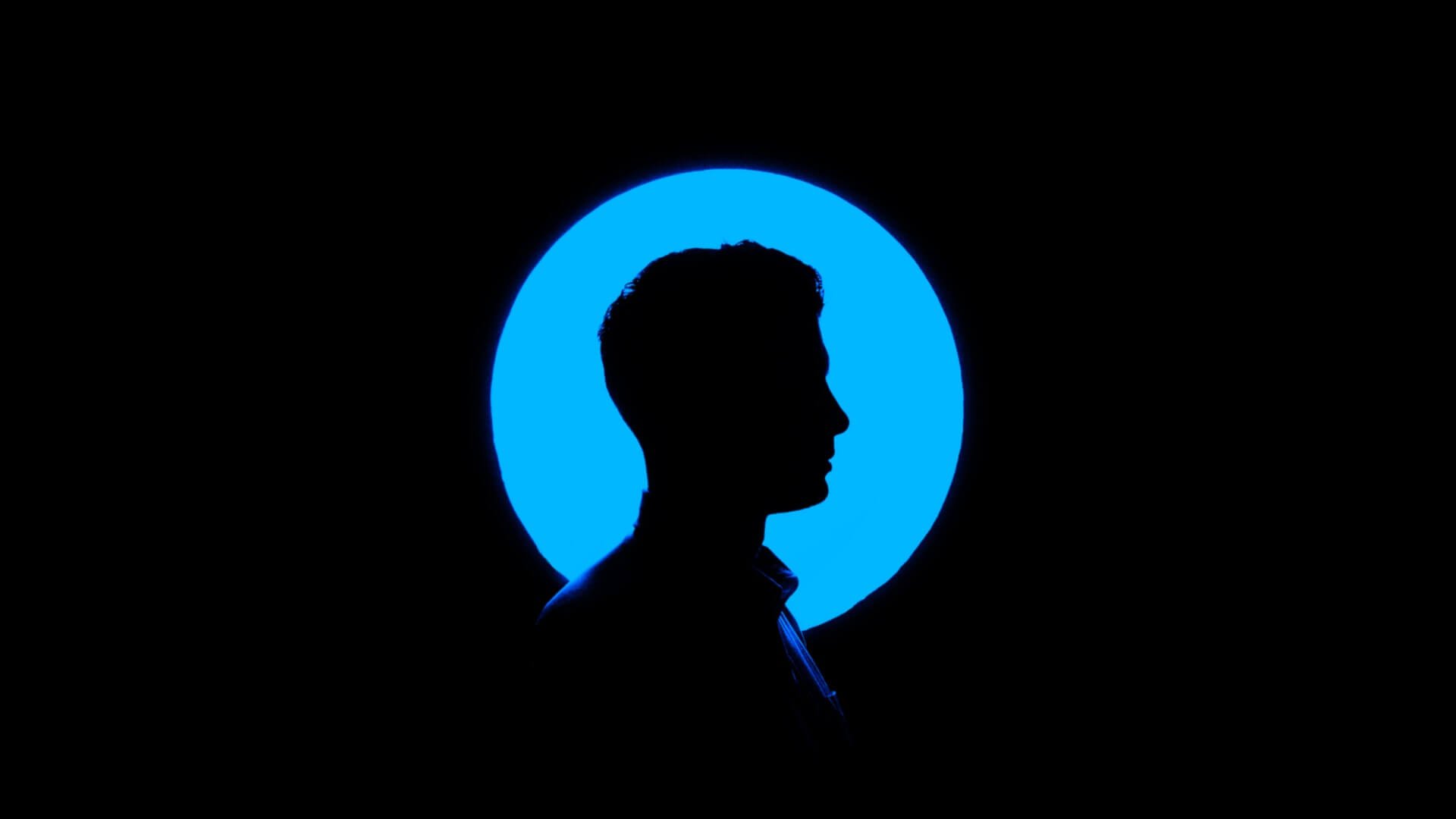The online world is awash with beautiful pictures but using an image without permission can have serious legal and financial repercussions. Before using any image, you need to check its copyright information: verify its original source, confirm by the owner whether you’re allowed to use it, and the terms involved in doing so. It may be, for example, that you can use the image under a specific Creative Commons license, and have to include clear information about its creator.
But how to tell if an image is copyrighted? Legally speaking, every work is copyrighted from the moment of its creation. Therefore, the short answer would be: yes, it is copyrighted since every image is copyrighted (for some very rare exceptions read until the end of the article). Where you might need help though, is checking who owns the copyright, in order to first contact them for permission to use the given image. You are in the right place to get proper guidance.
How to check the copyright for an image?
The first step is to ascertain the correct owner of an image, and there are a number of ways to do this. Here’s our handy 5+1 guide for checking image copyright:
1. Look for an image credit or contact details
If you find an image online, look carefully for a caption that includes the name of the image creator or copyright owner. There may also be an email address or link to the image owner’s website. Using that info, you can contact the image owner to request to use their image by purchasing a license or coming to an agreement on the terms of use.
2. Look for a watermark
A watermark on an image is a clear sign that the image is copyrighted. Often, the watermark will contain text that indicates the name or company to whom the image belongs: do some googling and find out.Under no circumstances should you attempt to use software to strip the image of its watermark. This demonstrates clear and wilful intent to infringe copyright — evidence that will likely work against you, should the case come before a court of law.

3. Check the image’s metadata
Some image creators embed crucial information about their images into the file’s metadata (also known as EXIF data). On Windows, just right-click on the image and select “Properties”. In macOS, when you opened it in Preview, click on “Tools” in the menu, then “Show Inspector” and on the ⓘ icon. There, you’ll find the “EXIF” tab. You can often find the name of the copyright owner and even a full copyright notice here.
4. Do a Google reverse image search
If you still can’t find details of the image owner, Google’s reverse image search is a useful tool to identify the original source.
- Open Google Image Search.
- Click on the camera icon.
- Search by the picture’s URL or paste the image to see where else the image lives online.
- From Google’s image findings, you should be able to ascertain ownership information.

If you work with a large volume of images and would like to regularly look for sources with even higher efficiency, you could consider Pixsy’s AI-powered monitoring service that is free up to 500 images per month.
5. Search the U.S. Copyright Office Database
When you already have some information on your hand, the public catalog of the U.S. Copyright Office Database can help you. Here, you can search by the photographer’s name or the title of the image — this will potentially show you if the given work was officially registered for copyright. However, it’s crucial to know that such a process is not needed for an image to be copyrighted since, as discussed above, it is protected by copyright from the moment of its creation. Registering it at the Copyright Office is an extra step that image creators can take that will also benefit them in certain legal circumstances if their picture gets stolen. So ultimately, if you won’t find an image here, it can mean that it wasn’t registered but still has an image license limiting use, which means your best shot is to continue your research to find the image owner or let go of that image.
+1. If in doubt, don’t use it
To protect their livelihood, copyright owners often actively monitor for cases of unauthorized use of their work. If you’ve taken all of the above steps and are still unable to fully verify the source of the image and identify the copyright owner, simply do not use the image. There are plenty of high-quality image banks available that offer an easy way to access and use images for all different specifications and budgets. There’s simply no excuse for infringing copyright, and the consequences could well be expensive and unpleasant.
Can images be used without permission?
Finally, a note on a commonly asked question, if images can be used without permission at all.Images can only be used without permission in the following circumstances:
- If the image owner has clearly stated that the image can be freely used. You’ll find images like this on Unsplash, for example, and you can but don’t have to credit the creator for the photographs on the site.
- If the image is in the public domain (if the owner of the work died or abandoned all rights related to it), then the image is not subject to copyright. For instance, the Getty Search Gateway includes 4,600 pieces of art from the Getty Museum's collection free to use for both commercial and non-commercial purposes but not without credit.
- If the image has a Creative Commons (CC) license but in this case, you will also need to carefully analyze the terms and conditions of the permitted use. The CC0 license, for example, releases the work into the public domain, while the CC BY-ND license lets you use an image with proper attribution but does not permit any modifications to the original. Therefore, make sure you know how to use CC licenses.

In all cases, you must be 100% sure that you have all the necessary information that will allow you to safely use the image (and if you need to give credit which we also recommend for you to do). To eliminate any doubts, it’s ultimately better to always contact the image owner if you can.




